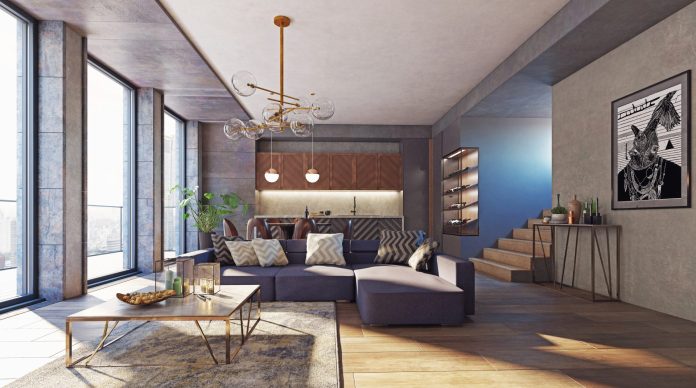Key Takeaways
- Homeowners are increasingly treating their properties as long-term investments, not just living spaces
- Furniture choices now play a role in how value, utility, and comfort are preserved over time
- High-quality, adaptable pieces reduce replacement costs and suit changing layouts or life stages
- The right sofa or sectional can support both aesthetic goals and financial longevity
For decades, homes were seen as static assets – places to live, occasionally renovate, and maybe sell when the time felt right. But in recent years, this mindset has shifted. Whether due to rising property prices, longer periods of homeownership, or the post-pandemic reimagining of personal space, more people are approaching their homes as long-term lifestyle investments.
And that’s changing the way they furnish them, too.
Beyond Aesthetics: Furniture as Functional Infrastructure
Interior choices have always affected how a home looks and feels. But now, they’re also being judged by how long they last, how well they adapt, and how they support the life lived within the space. Function is no longer just a convenience – it’s a key consideration in value preservation.
Just as energy-efficient appliances and double-glazed windows are chosen with long-term benefits in mind, more homeowners are choosing furniture that’s built to stay. That means durable materials, modular formats, and designs that remain functional as family needs, room layouts, and lifestyles change.
Cost of Ownership vs. Price Tag
Smart investing isn’t about spending the least – it’s about maximizing value. When it comes to furniture, that means thinking beyond the upfront price.
Take the example of a sectional sofa. A lower-cost option might feel like a smart buy in the short term, but if it sags after a year or fades with everyday use, it’ll likely need replacing. In contrast, a high-quality, customizable sofa – built from solid materials and designed to evolve with the space – might last a decade or more.
This mindset mirrors how people think about other investments: longevity, performance, and flexibility matter more than sticker price.
Design That Grows with You
Another shift in thinking is toward modular, adaptable furniture. In long-term homes, needs evolve. That formal sitting room may become a playroom, a home office, or even a rental suite down the line.
Sofas that can be reconfigured, added onto, or refreshed with new covers support this kind of change without the need for total replacement. Storage ottomans, reversible cushions, and custom sizing add even more practical value – especially in homes where every square foot is working hard.
Companies like DreamSofa cater to this kind of buyer, offering made-to-order sectionals that prioritize both longevity and flexibility.
From Disposable to Durable
Mass-market furniture has a lifecycle problem. Pieces built for price efficiency often wear quickly, don’t age well, and end up discarded long before they should. This isn’t just a sustainability issue – it’s a financial one.
Replacing an entire living room suite every few years adds up. In contrast, high-quality anchor pieces – like a sofa, dining table, or bed – can carry through multiple moves, layouts, and design refreshes with minimal additional cost. In the long run, quality almost always wins on both performance and total spend.
The Value of Comfort in a Home Investment
Lastly, there’s the human factor. A home isn’t just a line on a spreadsheet – it’s where people rest, gather, create memories, and (increasingly) work. Investing in well-made furniture doesn’t just support the property’s functionality – it supports the quality of life inside it.
That’s an ROI that’s harder to measure, but no less important.
Frequently Asked Questions
How does furniture choice affect a home’s long-term value?
While it may not directly impact resale price, high-quality furniture supports comfort, longevity, and lower replacement costs – especially in owner-occupied properties.
Is it financially smarter to buy modular or custom furniture?
Yes. Modular or made-to-order options offer better fit, adaptability, and lifespan, which means fewer replacements and better use of space over time.
What’s the downside of buying cheaper, mass-produced furniture?
Shorter lifespan, faster wear, and lower repairability. Over time, repeated replacements often cost more than a single, quality investment.
Does well-chosen furniture improve day-to-day value in the home?
Absolutely. Furniture that’s comfortable, functional, and durable supports both daily living and long-term satisfaction with the space.
Are there tax or insurance benefits to investing in quality furniture?
In some furnished rental or home office setups, yes. It’s worth consulting a tax professional for specific advice related to depreciation or expense deductions.



 Bitcoin
Bitcoin  Ethereum
Ethereum  Tether
Tether  XRP
XRP  USDC
USDC  Solana
Solana  TRON
TRON  Lido Staked Ether
Lido Staked Ether  Cardano
Cardano  Avalanche
Avalanche  Toncoin
Toncoin